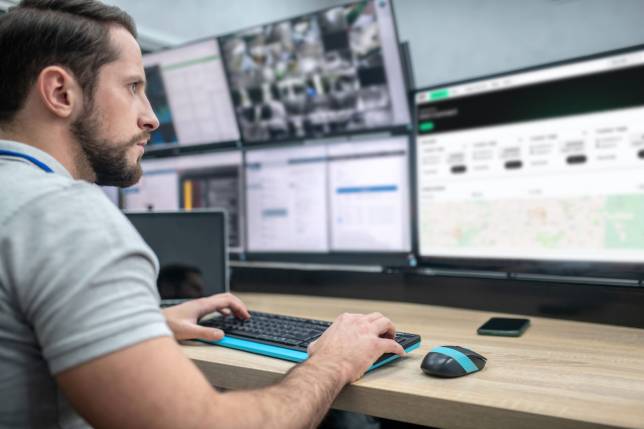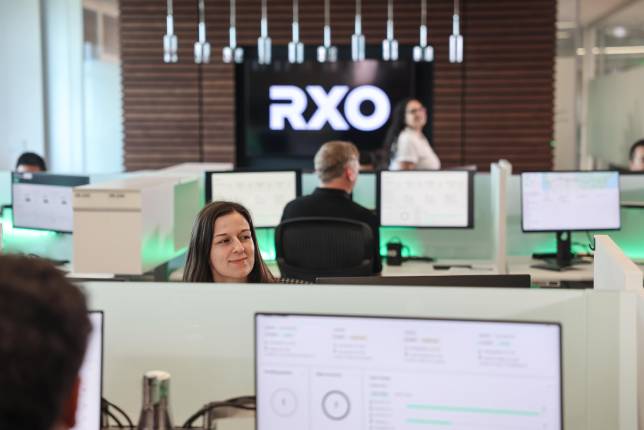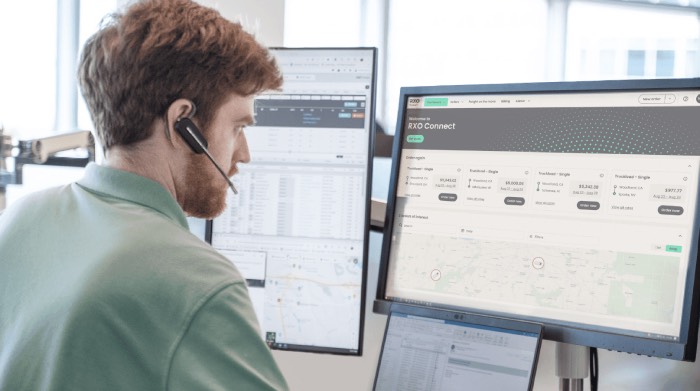To succeed in today’s business climate, you must constantly look for ways to streamline your supply chains. This typically involves the application of lean methodologies.
Lean-thinking companies create processes for their operations and customers that generate zero waste. By managing the flow of products and services through the entire value chain, a company can achieve this goal. Here are four core lean principles that will help your transportation network limit waste and run at peak performance.


